What Is a Grid or Block Layout?
The grid or block layout is one of the most enduring and versatile compositional tools in visual art and design. Whether you’re sketching, painting, designing a poster, or planning a mural, understanding how to use a grid or block structure can bring clarity, balance, and intentionality to your work. In this post, we’ll explore what grid and block layouts are, how they function in artistic composition, and how to apply them effectively in your creative practice.
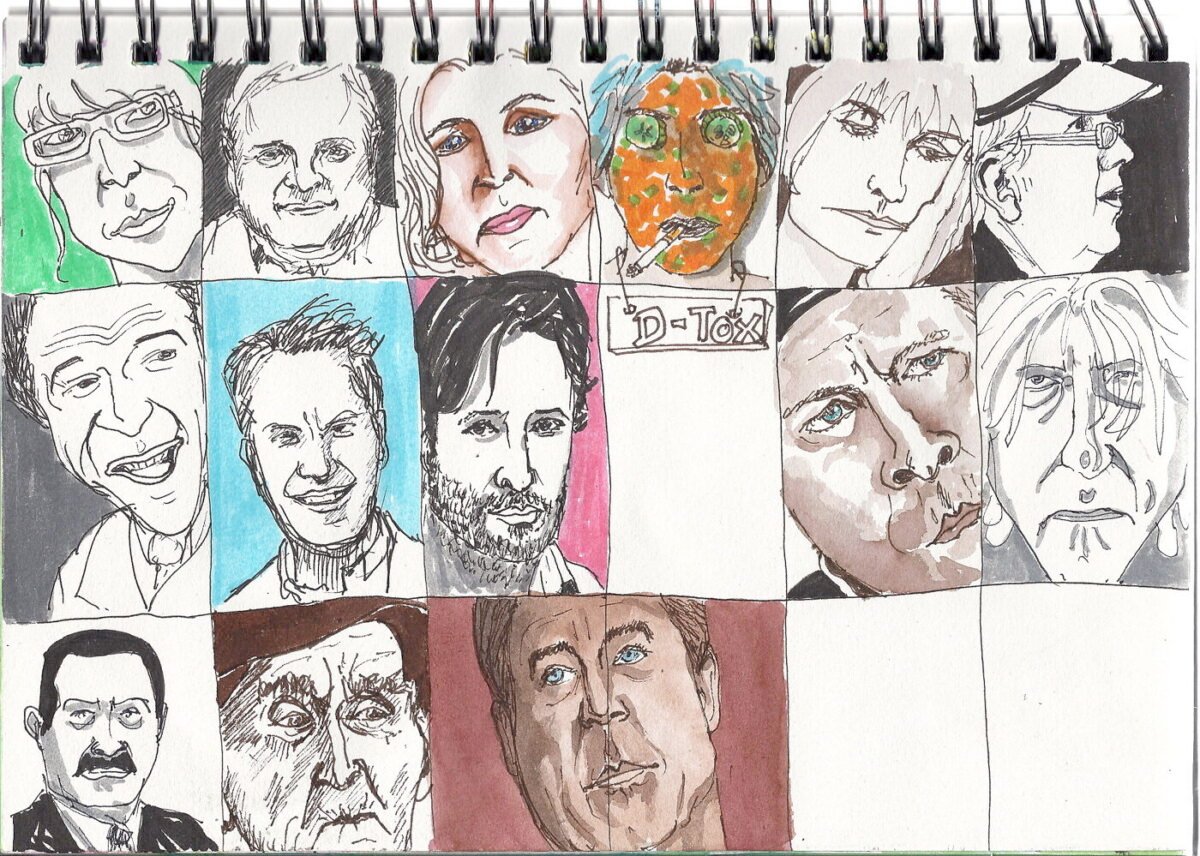
credit: AZZDOODLE
A grid or block layout is a compositional framework that divides the visual space into evenly spaced rows and columns (a grid) or distinct rectangular or square sections (blocks). These divisions help organize content, guide the viewer’s eye, and establish visual hierarchy.
In art, this layout can be used to:
- Align elements with precision
- Create rhythm and repetition
- Balance positive and negative space
- Simplify complex compositions
- Support storytelling through structure
Grids are not just for graphic designers—they’re equally powerful in sketchbooks, paintings, mixed media, and even sculpture planning.
Why Use a Grid or Block Layout in Art?
Enhances Visual Balance
Grids help distribute visual weight evenly across the canvas, preventing overcrowding or imbalance. This makes the artwork feel harmonious and intentional.
Supports Composition Planning
Using a grid allows you to break down complex scenes into manageable parts. It’s especially useful for scaling up sketches or transferring drawings to larger surfaces.
Encourages Consistency
In sequential art, comics, or series-based work, block layouts ensure consistency in spacing, alignment, and pacing.
Guides the Viewer’s Eye
Grids create natural pathways for the eye to follow, helping you control how the viewer experiences your work.
Facilitates Experimentation
By working within a structured layout, you can explore variations in color, texture, or subject matter while maintaining cohesion.
Types of Grid and Block Layouts
Uniform Grid
A layout with evenly spaced rows and columns. Ideal for pattern-based work, modular compositions, and symmetrical designs.
Sketchbooks.org | VISUAL RESEARCH HUB
Uniform Grid Layout Sketching Method
Visual research is critical for any creative endeavor. We have compiled specialized links to lead you directly to images, videos, and inspiration for "Uniform Grid Layout Sketching Method" across the web's best visual search platforms.
Asymmetrical Grid
A grid with varied column widths or row heights. Offers more dynamic visual flow while maintaining structure.
Sketchbooks.org | VISUAL RESEARCH HUB
Asymmetrical Grid Layout Sketching Method
Visual research is critical for any creative endeavor. We have compiled specialized links to lead you directly to images, videos, and inspiration for "Asymmetrical Grid Layout Sketching Method" across the web's best visual search platforms.
Modular Block Layout
Uses distinct blocks or panels, often with gutters (spacing) between them. Common in comics, zines, and editorial illustration.
Sketchbooks.org | VISUAL RESEARCH HUB
Modular Block Layout Sketching Method
Visual research is critical for any creative endeavor. We have compiled specialized links to lead you directly to images, videos, and inspiration for "Modular Block Layout Sketching Method" across the web's best visual search platforms.
Golden Ratio Grid
Based on the 1:1.618 ratio, this layout creates naturally pleasing proportions and is often used in classical and contemporary fine art.
Sketchbooks.org | VISUAL RESEARCH HUB
Golden Ratio Grid Sketching Method
Visual research is critical for any creative endeavor. We have compiled specialized links to lead you directly to images, videos, and inspiration for "Golden Ratio Grid Sketching Method" across the web's best visual search platforms.
Rule of Thirds Grid
Divides the canvas into a 3×3 grid. Placing focal points at the intersections creates dynamic tension and balance.
Sketchbooks.org | VISUAL RESEARCH HUB
Rule of Thirds Grid Sketching Method
Visual research is critical for any creative endeavor. We have compiled specialized links to lead you directly to images, videos, and inspiration for "Rule of Thirds Grid Sketching Method" across the web's best visual search platforms.
How to Use a Grid or Block Layout Effectively
Step 1: Define Your Canvas
Start by determining the size and orientation of your working surface. This will influence how your grid or blocks are arranged.
Step 2: Choose a Grid Type
Select a layout that suits your subject and intention. A uniform grid works well for symmetry, while an asymmetrical grid adds movement.
Step 3: Sketch the Grid Lightly
Use a ruler or digital guides to draw your grid lightly in pencil or digitally. Keep lines subtle so they don’t dominate the final piece.
Step 4: Place Key Elements
Use the grid to position focal points, align edges, and balance visual weight. Think of each block as a container for a visual idea.
Step 5: Break the Grid (When It Serves the Work)
Once you understand the structure, feel free to break it. Let elements overlap or spill across blocks to create tension and interest.
Creative Applications of Grid or Block Layouts
- Sketchbook Studies: Use grids to explore variations of a subject or technique on a single page.
- Portraits and Figures: Divide the face or body into proportional blocks to improve accuracy.
- Abstract Art: Use blocks to isolate color fields, textures, or shapes.
- Storytelling: In comics or visual narratives, block layouts control pacing and emphasis.
- Mixed Media: Combine collage, drawing, and paint within separate blocks for a modular aesthetic.

Sketchbooks.org | DIGITAL MATERIALS
Essential Digital Materials | From Texture Packs to Smart Brushes for Workflow Elevation
What Are Essential Digital Materials? In today’s creative landscape, mastering your essential digital materials isn’t optional—it’s foundational. Whether you’re a digital painter, concept artist, illustrator, or designer, knowing how to build and use the right...
Frequently Asked Questions
What is a grid or block layout in art?
It’s a compositional structure that divides the canvas into rows, columns, or blocks to organize visual elements.
Why should I use a grid in my artwork?
Grids help with balance, alignment, and planning, making your compositions more intentional and cohesive.
Is a grid layout only for digital or graphic design?
Not at all—grids are equally useful in traditional drawing, painting, and mixed media.
Can I break the grid once I’ve drawn it?
Yes, breaking the grid can add visual interest and contrast, especially when done intentionally.
How do I choose the right grid type?
Consider your subject, style, and goals—uniform grids offer order, while asymmetrical grids add movement.
What tools do I need to create a grid layout?
A ruler, pencil, and eraser for traditional work; or guides and layers in digital software.
Can I use a grid for abstract art?
Absolutely—grids can structure abstract compositions and help explore contrast, rhythm, and repetition.
Final Thoughts
The grid or block layout is more than just a planning tool—it’s a creative framework that empowers you to build stronger, more intentional compositions. Whether you’re sketching thumbnails, designing a mural, or crafting a comic page, grids offer structure without limiting expression. They help you see your work in parts and as a whole, guiding both your hand and your eye.
So next time you face a blank page, consider starting with a grid. You might be surprised how much freedom structure can bring.
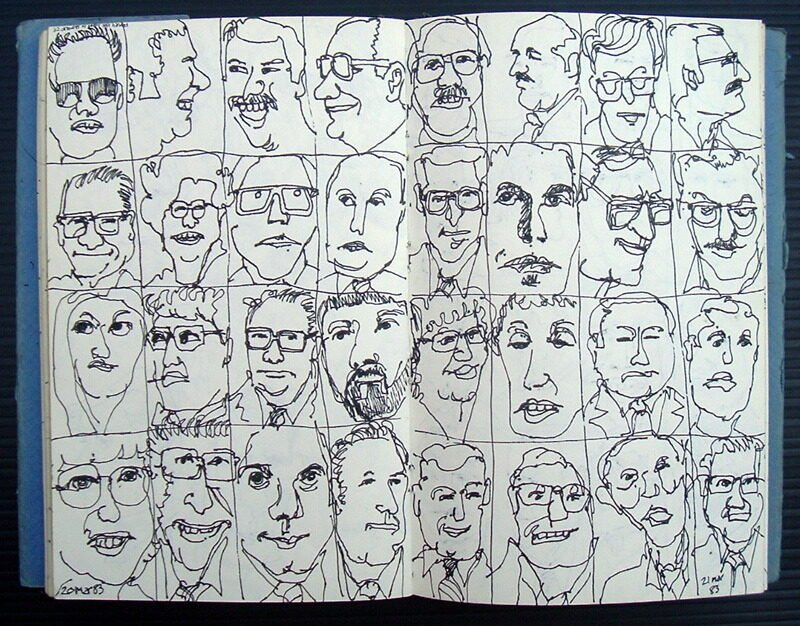
credit: ABZ
Ready to Share Your Work?
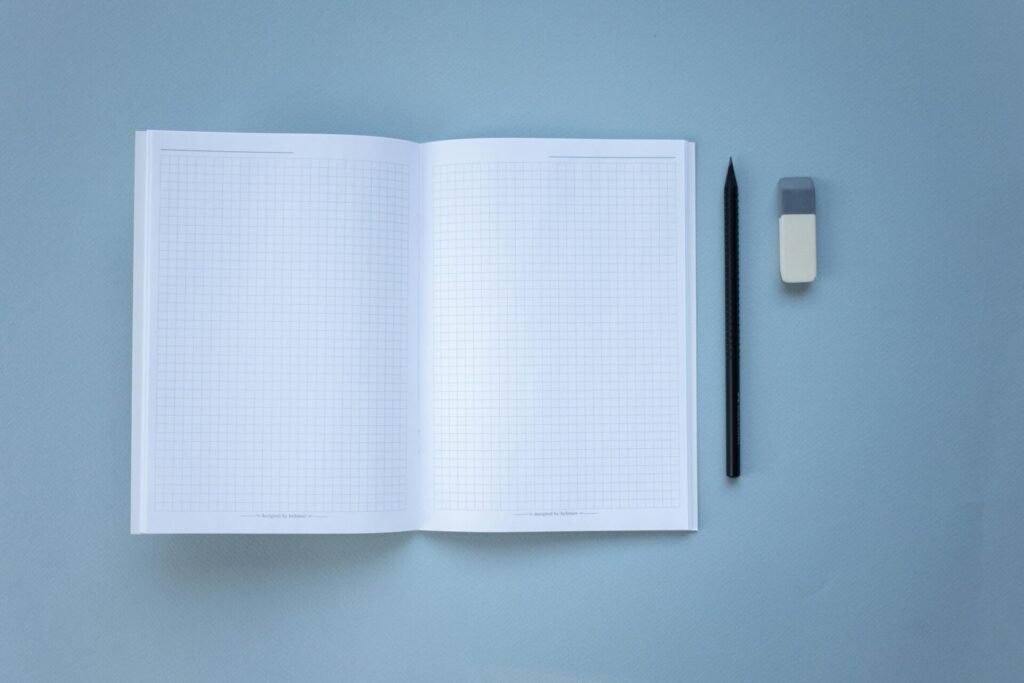
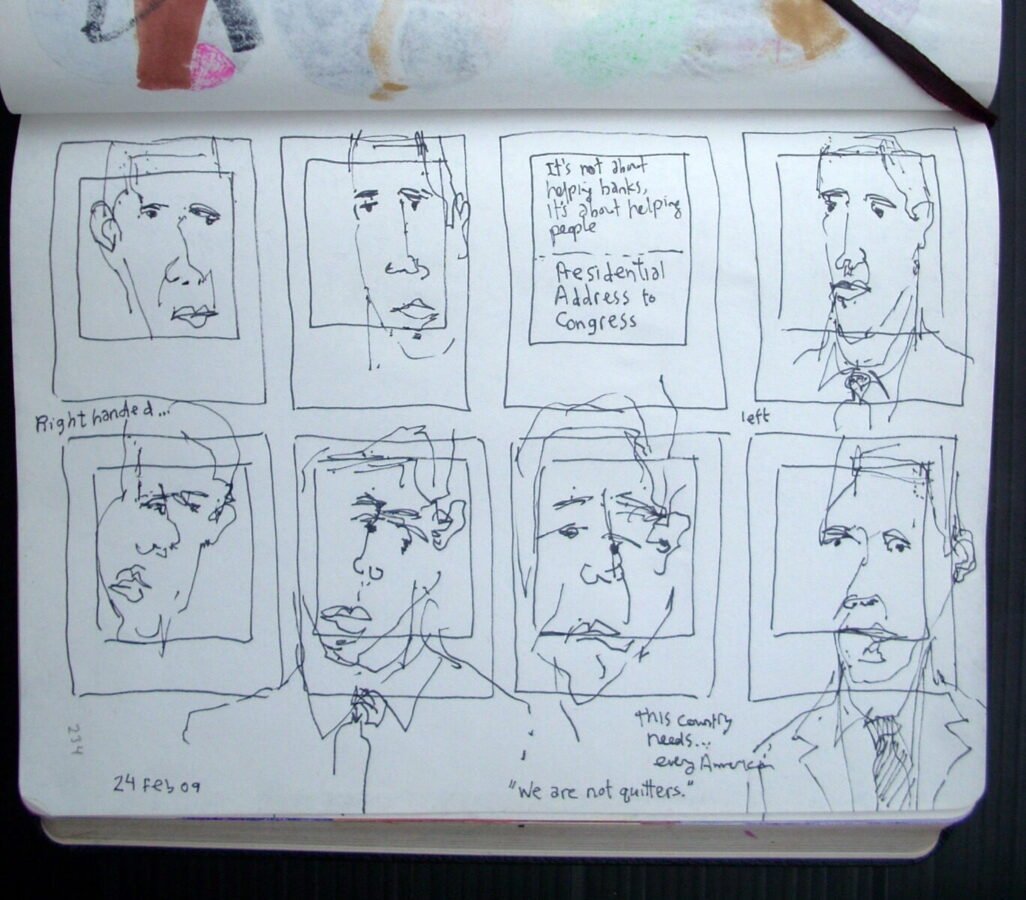
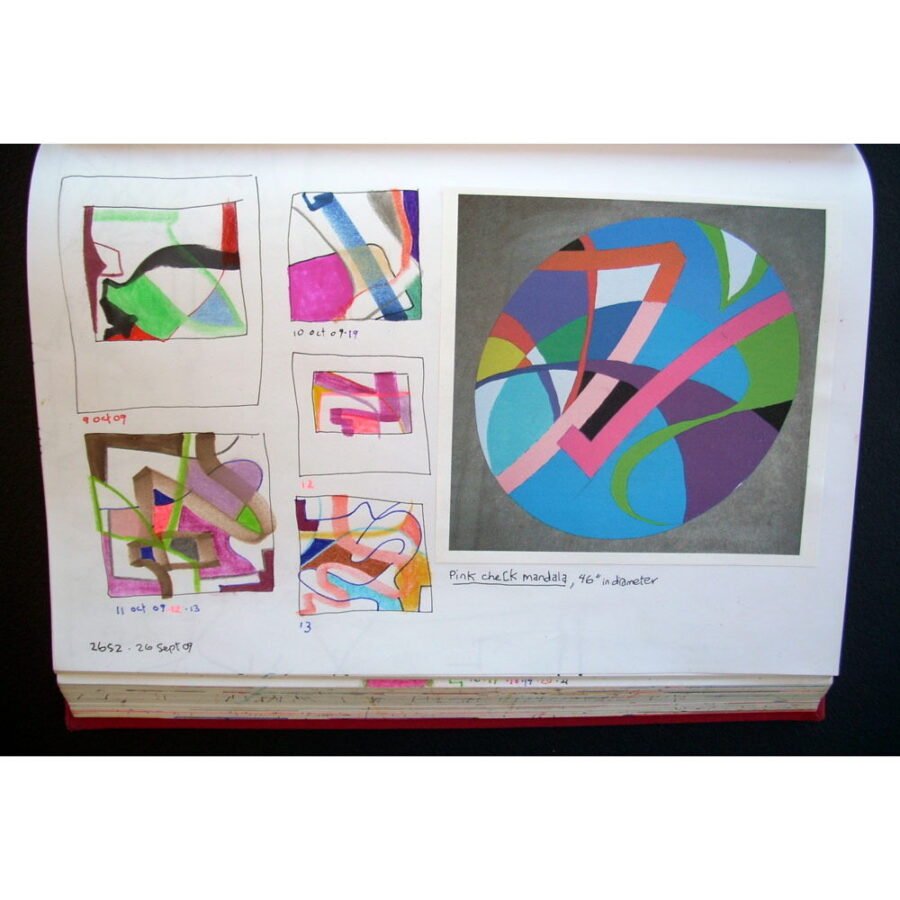



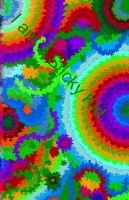
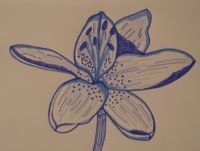

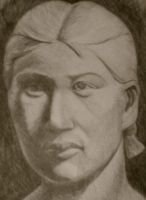



think of it as that a grid isn’t a cage—it’s scaffolding.